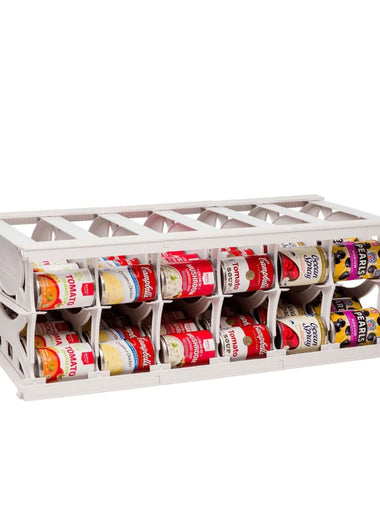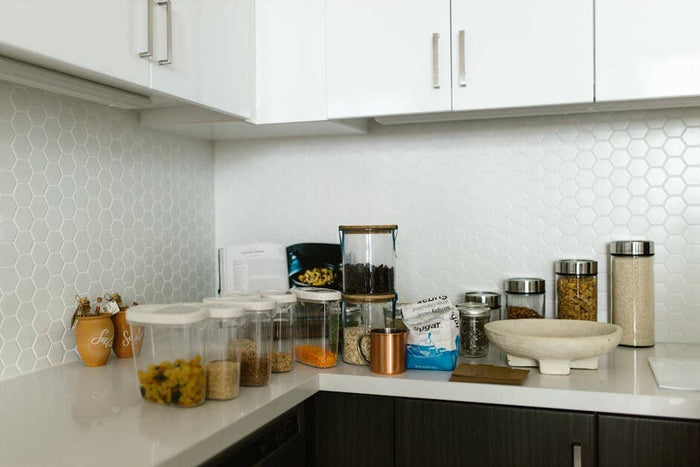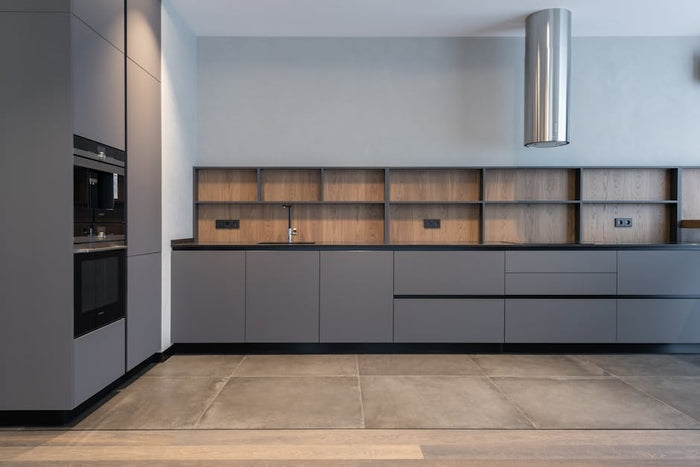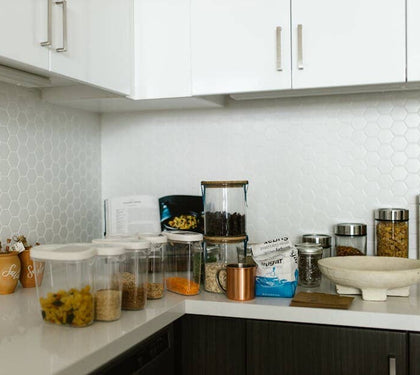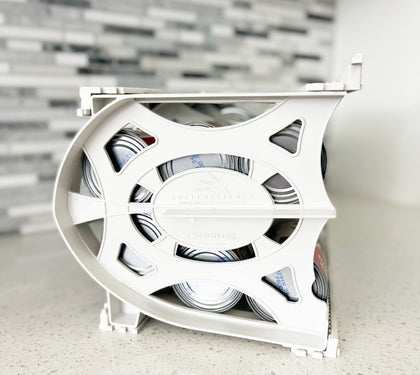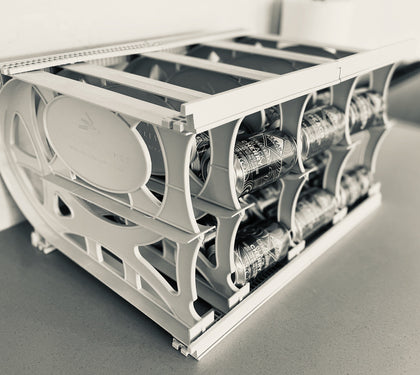Building a robust canned food rotation program for your home food storage is not just a smart way to ensure the freshness and quality of your supplies; it can also save you money and reduce food waste. In this article, we'll walk you through the steps to create an efficient and sustainable canned food rotation system that keeps your pantry organized and your meals delicious.
1. Take Inventory
Start by conducting a thorough inventory of your canned food items. Group them by type (e.g., vegetables, fruits, proteins) and note the purchase or expiration dates. This step will help you understand what you have on hand and identify items that need to be used sooner rather than later.
2. First In, First Out (FIFO) Principle
The FIFO principle is the foundation of an effective rotation system. It means using the oldest items first to ensure that nothing expires. When adding new canned goods to your pantry, place them behind the older ones on your Shelf Reliance or FIFO shelf insert. This way, you'll naturally reach for the oldest cans when preparing meals.
3. Label and Date
To make the FIFO process even more straightforward, label your cans with the purchase or expiration date using a marker or adhesive labels. This visual cue will help you quickly identify which cans to use next. If you're feeling creative, you can also color-code your labels for different food categories.
4. Organize Your Shelves
Arrange your pantry or storage room shelving units strategically. Reserve the most inaccessible shelves for items you use less frequently and place items you use most often at easy reach, so they're easily visible and accessible. Place the newest items on your Shelf Reliance shelving insert and they'll automatically flow to their place in the lineup.
5. Regularly Check and Rotate
Set a routine for checking your canned food inventory. A quarterly check can work well for most households. During these checks, remove any expired items and adjust your shelves according to the FIFO principle. If you notice any dented, bulging, or damaged cans, discard them, as they may have compromised seals.
6. Meal Planning
Incorporate your canned food items into your meal planning. Plan meals that use the older canned goods to ensure they get used before reaching their expiration dates. This practice not only keeps your food storage organized but also reduces food waste.
7. Replenish Thoughtfully
When replenishing your canned food supply, avoid overstocking items you rarely use. Stick to purchasing what you regularly consume, and consider donating excess canned goods to local food banks or charities to help those in need.
8. Consider Storage Solutions
Invest in Shelf Reliance or FIFO storage solutions and organizers so you can optimize your canned food rotation program most efficiently. Shelf Reliance Maximizers can be used in storage rooms and larger pantry's. Shelf Reliance Cansolidators and FIFO Cantrackers can be used in kitchen cupboards and kitchen pantry's. Remember, our can organizers were invented to help keep cans separated, fresh, and accessible. For items that aren't canned, purchase some clear containers that allow you to see their contents and labels easily.
9. Learn Canning Techniques
If you're enthusiastic about home food storage, consider learning home canning techniques. This allows you to preserve seasonal fruits, vegetables, and homemade sauces, expanding your canned food variety and reducing reliance on store-bought items.
10. Educate Your Household
Ensure that everyone in your household understands and participates in the canned food rotation program. Teach family members how to check dates, use the oldest items first, and maintain the organization of the pantry.
Building an effective canned food rotation program is a simple yet essential practice for managing your home food storage. It not only ensures the freshness and quality of your supplies but also promotes responsible consumption and reduces food waste. By following these steps and incorporating FIFO principles into your pantry management routine, you'll have a well-organized and sustainable food storage system that benefits both your family and your community. Happy rotating!


